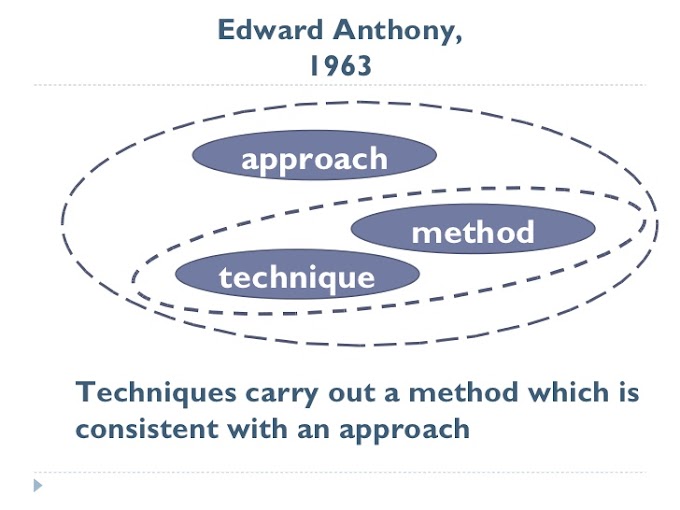Their poetry has sensuality, honour and social life. The carpe diem theory also came from this group of poets. There are a number of poets in this group but among them Robert Herrick is one. In this article, we are going to discuss Robert Herrick as a Cavalier Poet and we will also discuss the major trends of cavalier poets in his poetry. So let's start and prove Robert Herrick as a cavalier poet.
Robert Herrick as a Cavalier Poet
Robert Herrick historically belonged to the Caroline period of English literature. The poet of his period can be divided into two principal groups. The one group it's called the Cavaliers. They were the secular poets who were among the Royalists. The other group is called the religious poets who can be subdivided into Anglicans and Puritans. This division is of course more social than literary, but it ts handy and simple, and fairly corresponds to the difference in inspiration.
Thy Cavalier poets wrote light-hearted lyric poetry that celebrated love, loyalty, chivalry, and bravery. The lyrics were marked by gaiety, gracefulness, melodiousness and polish and by their art in exhibiting classical Latin influences.
On the other hand, The Anglican poets were religious in their tenor. Their poetry was infused with religious fervour while it retained something of Elizabethan fantasy. Even more than the Cavaliers show marks of Donne’s influence and his taste for subtlety.
The position of Robert Herrick is between the Cavaliers and the Anglicans. because he shows characteristics of both. He belongs to the Cavaliers through the Anacreontic flavour of his youthful poems. He belongs to the Anglicans because when he took holy orders at the age of thirty-eight, and became Dean prior in Devonshire he attempted to convert his muse and bid farewell to frivolity. The only collection of his writings is the Hesperides, or Works both Human and Divine, and the former are in the proportion of five to one.
Though Herrick published only one volume, he covered in that single tome al] the topics that interested him. The topics ranged from the frivolous to the solemn, from the agreeable glisten of Julia’s satins to his relations with the Almighty. He had no interest in politics, the place of man in the universe, and the darker aspects of passion. He could never rise to the heroic dimension. Even in his religious poems he contents himself with an urgent, docile piety.
The most remarkable quality of Herrick’s poetry is the consciously naive delight of a highly sophisticated man in natural things. Though he is a playful poet, he is never a careless one. Jo Daffodils is one of his nice, delicate poems. It deals with the transience of earthly existence; and gives rise to a feeling of sadness over the loss of Joveable things. It has two stanzas of 10 lines each. They have the same metre, the same rhyme-scheme, handled with a masterly skill. Metaphor and simile are used very effectively. The rhyme produces fine, pleasant music. The words are chosen from simple, everyday speech, and are exactly fitting the music.
Herrick is rightly considered “as one of the great lyric artists — a goldsmith and a jeweller of language, beyond all comparison in English.” (Abrams).
Conclusion
There are a number of articles on Robert Herrick and his poems on our website. If you want to read about those poems and want to get better information about this poet’s and his poems then you may read other articles on our website. If you want to know about his famous poem To Daffodils and the critical appreciation of To Daffodils, click on the link. Thanks for reading from us.





0 Comments